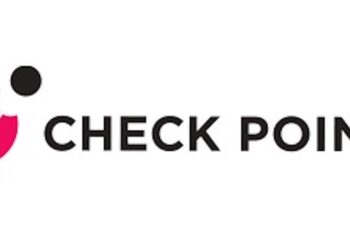In the evolving landscape of cybersecurity, organizations are continuously exploring creative ways to safeguard their digital environments. A recent report by Gartner predicts an important shift in how companies will approach web security, predicting that by 2028, 25% of organizations will implement Secure Enterprise Browsers (SEBs) as a crucial part of their remote access and endpoint security strategies.
Understanding the Need for Secure Enterprise Browsers
With remote work, the cybersecurity risks rise, especially phishing-type attacks. Cybercriminals are increasingly targeting remote working employees to steal credentials and data and bypass existing security measures such as endpoint detection and response systems. This trend shows the need for an additional layer of protection that only a Secure Enterprise Browser can provide
Max Taggett, a Senior Principal Analyst at Gartner, shares insights into why SEBs are becoming indispensable. “Web browsers are the primary access method for most modern corporate applications and serve as an endpoint-agnostic control point for enterprise security,” he explains. By leveraging SEBs, security leaders can effectively reduce risks while enhancing the overall digital experience for employees.
Current State and Future Growth
Currently, less than 10% of organizations have integrated SEBs, which shows there is an opportunity for growth as businesses seek to enhance their cybersecurity measures. Firms that depend largely on Software as a Service (SaaS) solutions—especially those with limited physical locations or cyber-physical systems—struggle with the need to streamline their security management. Conventional security stacks can be unwieldy and ineffective, which makes SEBs an appealing option.
Key Benefits of SEBs
The SEBs offer several advantages for organizations:
1. Improved Security Measures: SEBs integrate security protocols directly into the web browser by using tailored browsers or extensions. This method reduces dependency on conventional endpoint or network-layer controls and provides a seamless user experience.
2. Segmented Access: By enabling segmented access from unmanaged or lightly managed devices, SEBs enables employees to use their personal devices without the need for invasive endpoint agents, which can raise privacy concerns.
3. Improved Visibility and Performance: Organizations can enforce security policies and gain insights into web traffic without the need for inline decryption. This not only enhances application performance and reduces latency but also boosts visibility into employee behavior and web application usage.
4. Transition to Modern SaaS: As companies move away from legacy applications towards cloud-based SaaS solutions, SEBs complement this transition by providing a secure and optimized environment for these modern applications.
5. Alternative to VPNs and VDIs: For organizations prioritizing remote work or third-party collaborations, SEBs can serve as a less cumbersome alternative to Virtual Private Networks (VPNs) and Virtual Desktop Infrastructures (VDIs), streamlining access to necessary resources. 6.
Enhanced Defense Against Credential Theft
SEBs strengthen cybersecurity against phishing attempts. It enables an extra layer of defense against the illegitimate use of company credentials on harmful websites.
As organizations continue to face increasing threats in the digital realm, the adoption of Secure Enterprise Browsers is poised to revolutionize the way businesses secure their web access points. The shift from traditional security methods to more modern solutions embodies a proactive approach to cybersecurity, ensuring that employees can work safely and effectively, no matter where they are.
As we move toward 2028, it’s clear that Secure Enterprise Browsers will play a pivotal role in enhancing remote access and endpoint security.
Also Read: Soft Skills and Technical Know-How: A Winning Combination in the Tech Industry























